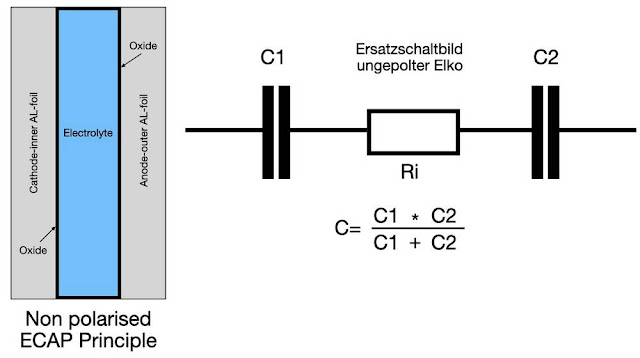How to Choose a Good Electronic Parts Supplier

E lectronic components are used in almost all industries. The usage of the electronic devices and the electronic component supplier has increased a lot in today’s world. Electronics is showcasing a range of products and services that can assist members of the maker community in transforming their innovative ideas into production. Qualities of a Good Electronic Parts Supplier Many electronic component distributors , supply their stock online and offline. One should know where to purchase the required electronic component and how to buy them. Some of the suppliers advertise their components via search engine sites and many have their own social media accounts. Because of this, consumers find it difficult whom to choose as an electronic product supplier. If your company or industry require purchasing a lot of parts, then it is very important that you choose a supplier that you can work with on a long-term basis. Let’s have a look at some of the top qualities of a good suppli

